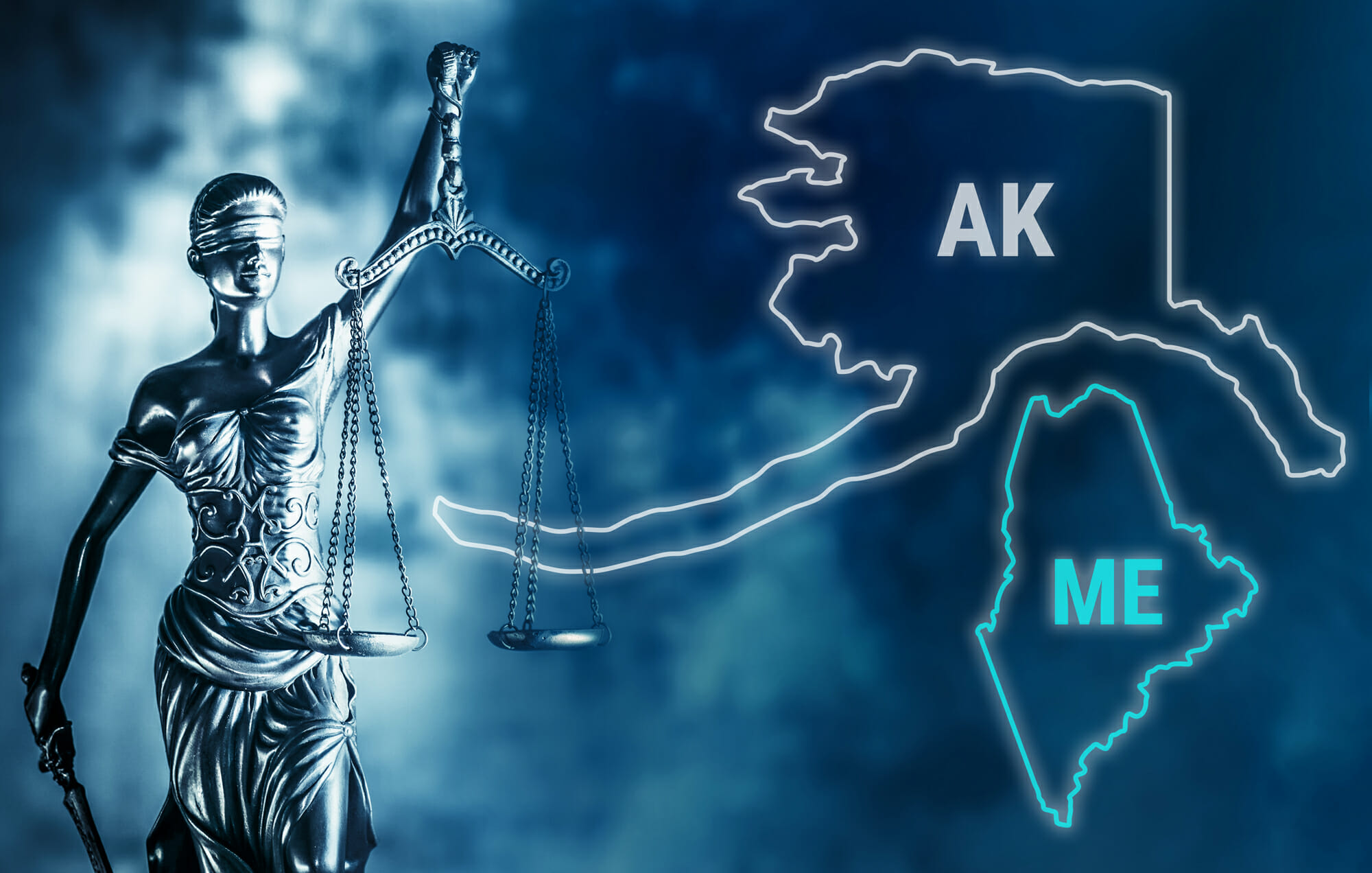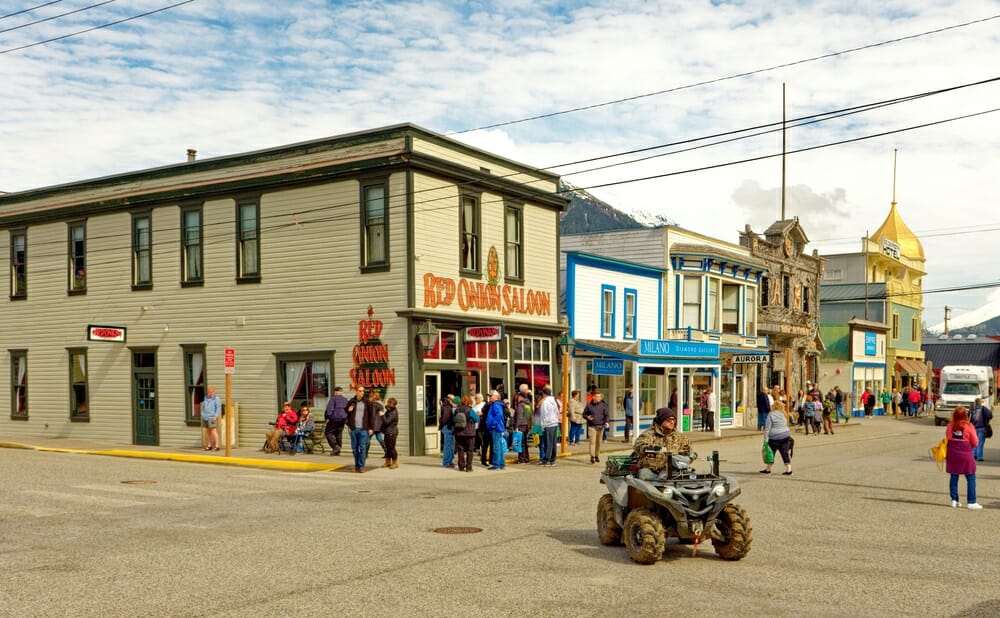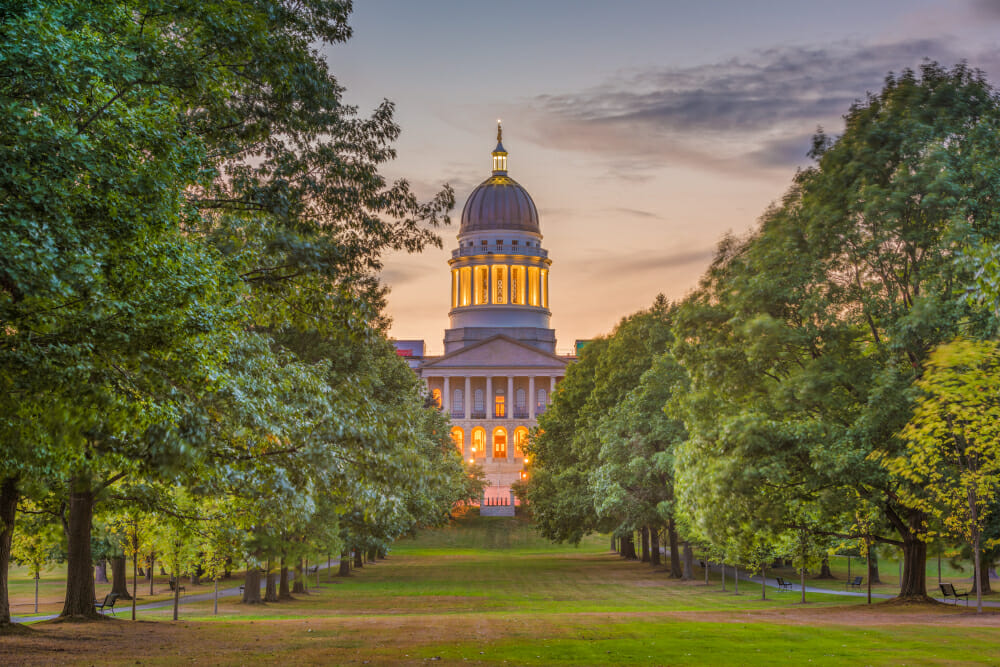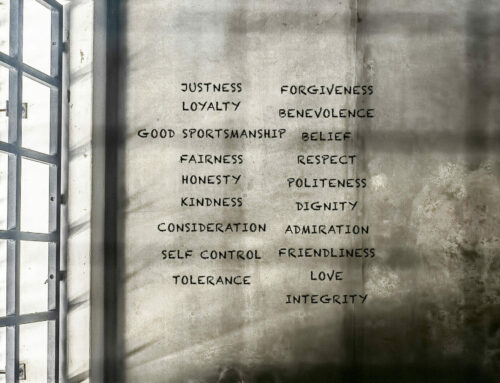Maine and Alaska, Two Similar States with Dramatically Different Violent Crime Rates

Every U.S. state has its approach to crime, incarceration, criminal justice, and public safety. Maine and Alaska share similarities in their demographics, environments, economies, rural nature, and culture. However, when it comes to crime and criminal justice, the two states are quite different.
A Quick Look at the Data
Violent crime rose in Alaska by 4.6% between 2019 and 2020, reaching its highest level since 2010. Meanwhile, property crime in Alaska declined, down 8.1% between 2019 and 2020. Alaska had the highest violent crime rate in the nation, with 838 such crimes per 100,000 people living there.1
Meanwhile, Maine has continued to post data indicating a declining crime rate. For nine years in a row, the state has seen its crime rate drop. The overall crime rate dropped 6.1% during 2020, even as most states saw a spike in crime. Violent crime dropped by 4.9%. The 17,347 crimes reported in Maine during the pandemic represented a crime rate of 14 offenses per 1,000 people. To put it into perspective, that number compares to the national crime rate of 25 offenses per 1,000 population. Maine also had the lowest violent crime rate, with just 109 crimes per 100,000.2
A Closer Look at Each State

Alaska police cars. Photo by Photo Spirit/Shutterstock.com
Alaska is an interesting case study. It is the fourth-least populated state in the United States, yet it has the 39th highest incarceration rate, after Connecticut but before North Dakota. Alaska has 1,782 inmates in state prisons and 90 individuals in jail at any given time. Alaska incarcerates about 244 people for every 100,000 people in the state. Alaska’s violent crime rate has risen, even as the state has attempted to implement some criminal justice reforms and incarcerate fewer people.3
Alaska is also surrounded by a great deal of controversy regarding how it incarcerates. While Alaskan residents continue to vote down the implementation of private prisons in the state, the state government has instead opted to outsource many of its prisoners to private prisons in other states. This practice is quite controversial, as it inhibits Alaskans from easily (and affordably) visiting their incarcerated family members and loved ones while simultaneously giving the appearance that Alaska is incarcerating fewer people.4
Despite recent efforts to reduce the prison population by outsourcing prisoners, Alaska’s incarcerated population rose significantly during the first two decades of the 21st century. The 27% increase in prisoners reflects a growth of the incarcerated population by three times that of the state’s overall population. A big part of Alaska’s spike in prison population results from high recidivism. New prisoners are coming in, but other prisoners who served their time and were released are often coming back. Alaska’s recidivism rate is currently 60%, one of the highest in the nation.

Stonington, Maine. Photo by Miro Vrlik Photography/Shutterstock.com
On the other side of the nation, Maine has the second-lowest incarceration rate in the county and one of the lowest violent crime and recidivism rates. Maine’s violent crime rate is much lower than the national average, with just 22 murders in 2020, or 1.6 murders for every 100,000, the second-lowest murder rate in the nation. Only about 10–14% of Maine offenders will re-offend after being released, giving Maine one of the lowest recidivism rates in the U.S.
The murder rate is just one of the types of crime that is especially uncommon in Maine. The state also has low rates of rape, robbery, and aggravated assault. For example, in 2020, Maine recorded 109 violent crimes for every 100,000 people in the state, compared to 399 per 100,000 nationwide.
Why Are Alaska and Maine So Different?
Identifying just one or two factors that may create such starkly different outcomes in Maine and Alaska is challenging. Maine has a small population (just 1.338 million people) and a low population density (41.3 people per square mile). Maine has a much older population than most states, with the average median age at 44.7 years old. To put it into perspective, when asked to compare Maine to California, Forward Planning’s former director Carlos Yanez had this to say: “So California has three times the crime rate but 30 times the population and six times the density. What this means is that if you want to commit a crime in Maine, you need to first put on your thermals, a wool sweater, parka, mud boots, scarf, earmuff, wool hat, gloves, and then go search for someone. Moose don’t count. In California just turn around.”5

Alaska city street. Photo by Darryl Brooks/Shutterstock.com
But Alaska also has a low population and low population density. However, Alaska’s population is much younger (34.6 years), with a predominately male population with a higher rate of single, young males than in other states. It could be that the younger, male-leaning population in Alaska has weighted that state toward more crime than in Maine, where the population is older and evenly split between males and females. Other scholars suggest that higher poverty and unemployment rates in Alaska may contribute to higher crime rates, whereas Maine does not struggle to the same extent with those socioeconomic challenges.
The Need for Effective Criminal Justice Solutions in All States
Alaska and Maine have made steps in the right direction to improve criminal justice outcomes, but more work needs to be done in both states.
Former Governor Sean Parnell in Alaska signed legislation to combat recidivism in 2014. The legislation expanded the treatment services and rehabilitation modalities utilized in Alaskan prisons.6 In 2016, former Governor Bill Walker in Alaska oversaw a measure that prioritized prison space for violent offenders, expanded discretionary parole capacity, and strengthened tools for effective probation and parole supervision.7

The Maine State House in Augusta, Maine
In Maine, the state government and law enforcement offices have implemented several programs and reforms to reduce crime, lower recidivism, drop the prison population, and increase public safety. These include the Maine Coalition Against Sexual Assault and the Maine Coalition to End Domestic Violence, and several law enforcement-oriented training programs. Maine also provides offenders with alternatives to incarceration, which are often more conducive to reforming offenders than prison time. Such programs in Maine include work-release programs, drug and alcohol rehabilitation programs, community service commitments, home confinement, and probation.8 In addition to state-funded programs, Criminon of Maine provides hope to those currently incarcerated by offering a chance at true rehabilitation through donations from concerned citizens and volunteers who donate their time. Since 2000, Criminon of Maine has provided correspondence courses and onsite seminars to individuals incarcerated in correctional facilities in Maine. Through word of mouth, Criminon of Maine requests that correspondence courses be spread to neighboring New England states’ correctional facilities. To date, Criminon of Maine has provided their services in 168 prisons and jails across New England to over 1,200 individuals.
People who commit crimes and go to prison must be given a chance to redeem themselves through rehabilitation. They must be empowered with tools to tackle life’s challenges without committing crimes. Every U.S. state, Maine and Alaska included, could benefit from implementing more educational programs in prisons so inmates can finally recover their lives and experience responsible, ethical, recidivism-free life.
Sources:
- ADPS. “Crime in Alaska.” Alaska Department of Public Safety, 2022. dps.alaska.gov
- MDPS. “Crime continues to decrease in Maine for 9th consecutive year.” Maine Department of Public Safety, 2021. maine.gov
- ACJC. “2020 Annual Report.” Alaska Criminal Justice Commission, 2020. ajc.state.ak.us
- ASL. “House State Affairs.” Alaska State Legislature, 2020. akleg.gov
- Quora. “Why do states like Maine have low crime and states like California have high crime?” Quora, 2020. quora.com
- UA. “Senate Bill 64 – Omnibus Crime Bill.” University of Alaska, 2014. scholarworks.alaska.edu
- ALS. “Senate Bill 91.” Alaska State Legislature, 2016. akleg.gov
- USDOJ. “Cost-Benefit Analysis of Alternatives to Incarceration in Maine.” U.S. Department of Justice, Office of Justice Programs, 1977. ojp.gov




